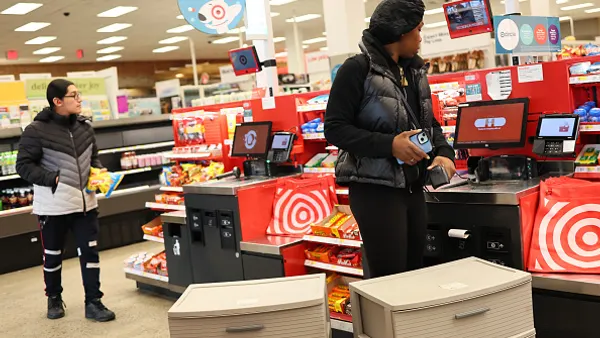Hannah Olson is founder and CEO of Chronically Capable, an employment platform that connects chronically ill professionals to companies looking to hire an inclusive digital workforce.
The national unemployment rate for individuals with disabilities or those who are chronically ill is more than double that of non-disabled individuals. Thirty years after the passage of the Americans with Disabilities Act (ADA), we can do better.
The ADA has led to major advancements that benefit both the disability and chronically ill communities to this day. As someone with a chronic illness, I am thankful that laws exist to protect people with a disability or chronic condition from discrimination in employment, housing and many other aspects of life.
Yet, across all age groups, the U.S. employment-population ratios are much lower for those with a disability or chronic illness than for those without. According to the U.S. Bureau of Labor Statistics, last year, the employment-population ratio for individuals with a disability was 19.3%, while the ratio for individuals without a disability was 66.3%. Meanwhile, only 13% of U.S. employers who work with the federal government have reached the U.S. Department of Labor's target of having at least seven percent disability representation in their workforce.
I know firsthand how a health condition can impact a person's ability to participate in the traditional job market. I left my dream job due to the aggressive treatment schedule for Lyme disease that required me to be on an IV for up to six hours per day. Although my ambition and intellect were intact, the physical demands of a traditional workplace environment could not co-exist with my life-saving treatment.
Unfortunately, it has taken the COVID-19 pandemic to show us the benefits of non-traditional work solutions for large and small businesses alike. The coronavirus has led many companies to adopt fundamental business technology solutions, realizing that to be productive, an employee does not always need to be physically in the office. It is possible to increase accessibility and flexibility and still maintain a high-quality work product. These trends present new opportunities for working age individuals with disabilities or chronic illness who have long been left out of the job market.
However, the pandemic has also led to disproportionate job losses. A recent study found that individuals with disabilities are more than twice as likely as those without to think they will need to find a new job outside of their current industry in the next few months.
What's more, for those of us who are immunocompromised, a rush to "back to normal" can carry significant risks. No one should have to decide between their health and work ambitions. While inclusivity is driven by the top of any organization, it must be supported throughout. Companies taking a closer look at their own diversity and inclusivity need to consider how they can embrace and benefit from employees with disabilities. Employers must take the initiative to tap into a broader pool of candidates and focus on hiring individuals whose disabilities or chronic conditions would not stop them from being an excellent team member. Recruiters often benefit from training focused on how to do a skills assessment or adapt an interview process when speaking to a candidate with a disability or chronic illness. The challenges of participating in a traditional interview process should not compromise how a candidate who may be highly qualified and effective is viewed.
Hiring managers may be surprised to find out that this kind of inclusivity is actually good for business. Research from Accenture released in 2019 in partnership with Disability:IN and the American Association of People with Disabilities showed that companies that create inclusive work environments are twice as likely to have higher total shareholder returns than their peers. Companies that have become more inclusive over time are four times more likely to have total shareholder returns that outperform those of their peer group.
It's time that the chronically ill and disability community gets its fair shot at work. Going forward, we must continue to support remote and non-traditional workplace plans that include those with disabilities and chronic illnesses. We now know what's possible. It's up to businesses to be actively inclusive by providing job opportunities for individuals with chronic illnesses and disabilities.













